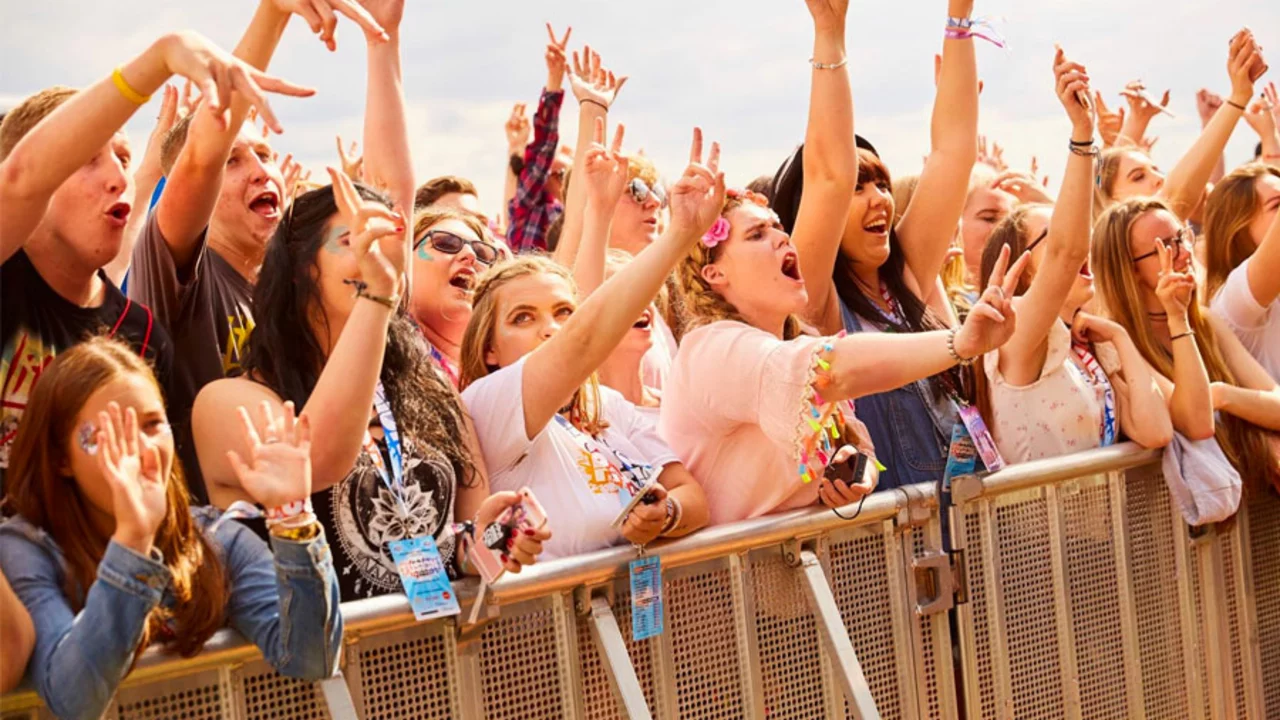Music and Events Safety: Festival vs Concert
When you buy a ticket, the last thing you want to think about is safety. Yet the difference between a massive festival and a packed concert can change how you prepare. Let’s look at what makes each type of event unique and how you can protect yourself without over‑thinking.
Key Safety Differences
First, crowd size matters. Festivals often attract tens of thousands of fans over several days, while most concerts hold a few thousand for a single night. Bigger crowds mean longer lines for food, restrooms, and entry gates, which can create bottlenecks. Those bottlenecks are the places where crowd surges happen, so you’ll see more security staff at entry points for festivals.
Second, the layout changes the risk profile. Festivals spread stages across a wide area, sometimes with multiple stages operating simultaneously. This design reduces the chance of a single stampede, but it also makes it harder to locate friends if you get separated. Concert venues are usually indoors or in a compact arena, so you know exactly where the exits are, but a sudden push can affect a larger portion of the audience at once.
Third, the length of the event influences fatigue. A three‑day festival can wear you out, making you less alert to warning signs. Concerts end within a few hours, so you’re less likely to miss an announcement. Organizers of long‑duration events often provide medical tents and quiet zones to combat fatigue‑related hazards.
Tips for Staying Safe
Know the venue map before you go. Most festivals post a site plan online; download it and mark the nearest first‑aid stations, water points, and exits. For concerts, a quick glance at the seating chart can tell you where the nearest stairwell is.
Dress for the crowd. Comfortable shoes with good grip help you move through mud or slick surfaces at outdoor festivals. At indoor concerts, avoid bulky jackets that can get caught in a sudden push.
Keep a small emergency kit: a bottle of water, a basic phone charger, and a tiny flashlight. It sounds simple, but having water handy stops dehydration, which can make you feel dizzy and more vulnerable.
Make a meet‑up plan with friends. Choose a visible landmark—like a main stage or a food stall—and agree to meet there if you lose each other. Texting a location pin is faster than trying to shout across a noisy crowd.
Listen to staff instructions. Security teams use megaphones and flashing lights to alert the crowd. If a section is cleared, move quickly but calmly; panic spreads faster than the actual danger.
Finally, trust your gut. If something feels off—say, a door that’s unusually jammed or an area with a lot of loitering—step away and let a staff member know. Your intuition is a valuable early warning system.
Whether you’re heading to a sprawling festival or a high‑energy concert, a little preparation goes a long way. Knowing the differences, planning ahead, and staying aware keep the focus on the music rather than the worries.

- Jul, 17 2023
- Comments 0